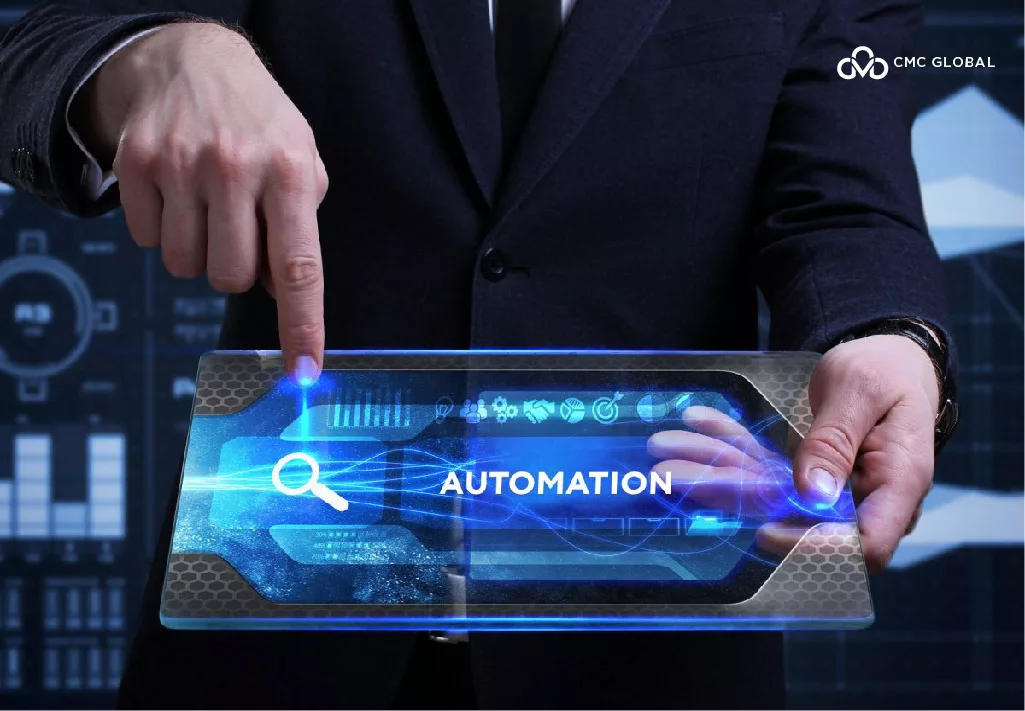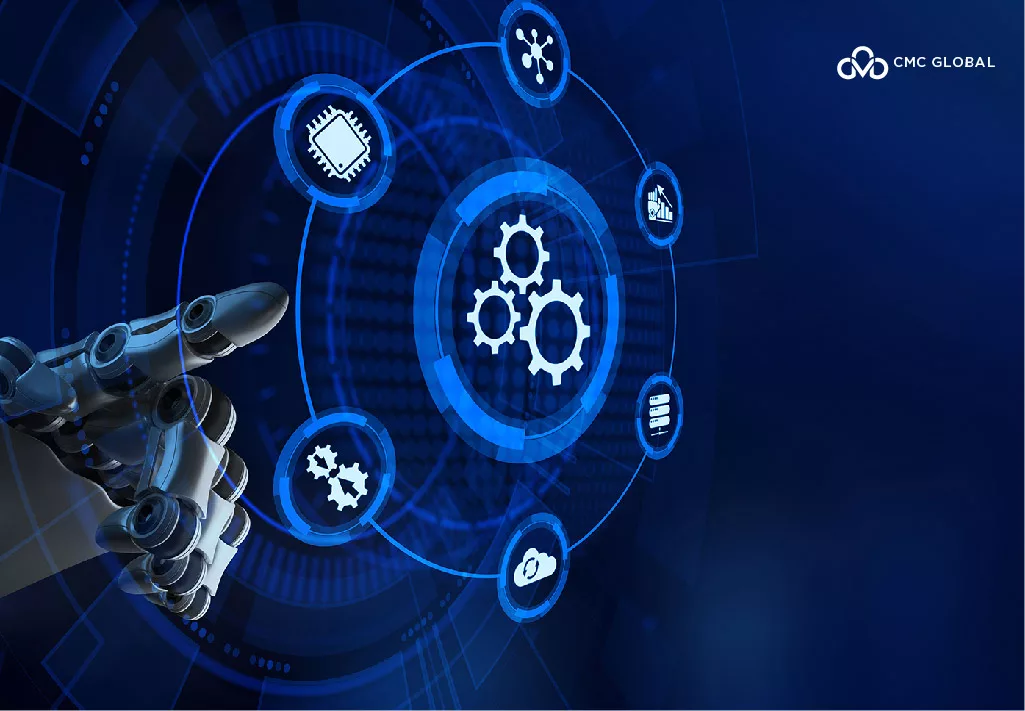The ubiquity of robots has been predicted in Hollywood movies since the early 18s. Today, in 2021, with the unprecedented COVID-19 pandemic, this trend has spread everywhere in the workplace despite a history of uneasiness on the part of humans. It is safe to say that intelligent automation, or RPA implementation, has secured a permanent place in day-to-day business operations.
According to Deloitte’s recent annual global survey of executives, 73% of respondents said that they have embarked on the path leading to intelligent automation adoption. This is 15% higher than the number reported in 2019 – a foreseen trend if you take COVID-19 impacts into consideration.
But, the level of adoption is quite ranging, from piloting, with 1 to 10 automation (37%), to scaling, with 51 or more automation (13%). The number of surveyed organizations that are deploying intelligent automation at scale has nearly doubled since 2019.
See other industrial reports here:
- Global TOP Leading Outsourcing Companies (A 2021 Guide)
- Cloud services Outsourcing 2020 Report: A Year of Cloud
- Global IT Outsourcing Market Report 2021 and beyond “A future to uphold“
- Geographical distribution and Leading outsourcing countries in IT field, a 2020 report
COVID-19 Effects RPA Implementation
COVID-19’s disruption surely leaves a lasting effect on how work is performed anywhere, in any field around the world, and automation is no exception.
In the report, we can see that the wheels of RPA implementation progress had already been turning, even though COVID has just made its severe impact for 1 year. Of all survey respondents, 78% are already implementing RPA, and 16% plan to do so in the next three years.

It seems that robots have entered the mainstream despite still bearing the burden of deep-seated human stigmas. The question turns from how organizations accept intelligent automation in their workplace to how to apply it wisely and yield the greatest benefits.
Critical Transformation of RPA Implementation
To successfully integrate intelligent automation, any organization must first acknowledge that transformation is necessary. The process of transformation starts with choosing their goals and aims based on the “art of the possible”. This decision is the thing to form a realistic, intelligent automation strategy that the business will stick to for some time, normally a long one.
That is the ideal, but here is the reality: Above a quarter of Deloitte’s survey respondents are piloting automation, but only 38% of those have an enterprise-wide intelligent automation strategy.
So, what’s up? There is a clear difference between those piloting automation and those implementing and scaling their efforts. The latter is more likely to reimagine what they do and incorporate process change across functional boundaries. Meanwhile, those in the piloting stage are more likely to automate current processes with limited change.
The fact is, they all may not have yet taken advantage of the technologies and techniques that can truly open up more opportunities for their business. Let’s have a look at the list of top barriers preventing them from RPA implementation.

The top two barriers remain the same for 3 years. Survey respondents ranked process fragmentation and a lack of IT readiness at the top of the list, while resistance to change was ranked third, closely followed by a lack of a clear vision.
Finding Full Potential
Deloitte’s survey revealed untapped opportunities in the areas of process monitoring and process mining. Such tools can speed the discovery of inefficiencies, and the majority of respondents agreed that they drive better outcomes.
Despite this, only 20% of respondents are using process mining, and 33% are using process monitoring. Automation-as-a-service (AaaS) is gaining popularity as a critical way to deliver intelligent automation in the next three years.
Already 64% of respondents use some form of AaaS, most often for end-to-end development, followed by management and maintenance of automation, then the development of automation. This remains an area of unexploited potential for the 36% who reported they are not using AaaS.
Cloud technology is also becoming more widely regarded as a future enabling technology for automation: Almost half of the survey respondents already use it for some of their automation, and 13% run automation solely on cloud infrastructure. However, 11% do not plan to use cloud infrastructure for automation solutions, overlooking its ability to keep pace with demand and be scaled to ensure capacity is always optimized: a key benefit in minimizing operating costs.
Handling The Human Element
Technology is not the only fundamental element of transformation. With the introduction of intelligent automation, executives should be gauging how much of their workforce has seen changes to roles, tasks, and ways of working. Of the implementing and scaling organizations surveyed, 58% have not yet made this calculation. Such a myopic view of transformation may filter out a key benefit: combining people with automation solutions to form super teams.
An all-encompassing approach is needed, one that enhances resilience and adaptivity with humans front and center. Those organizations that have recognized the integral human aspect are training workers affected by automation and seemingly placing emphasis on uniquely human skills: 59% of respondents said their organizations are focusing on process skills, like active listening and critical thinking. More than half of respondents are offering retraining in cognitive abilities, such as creativity and problem-solving.
Conclusion
Overall, Deloitte’s 2020 survey showed that great strides had been made to arrive in this brave new world of widespread intelligent automation. But the race to a robotic future is not quite won because adoption does not guarantee added value. Those that see the greatest benefits from automation will have engaged in entity-wide transformations rooted in forward-looking, human-centric strategies.




